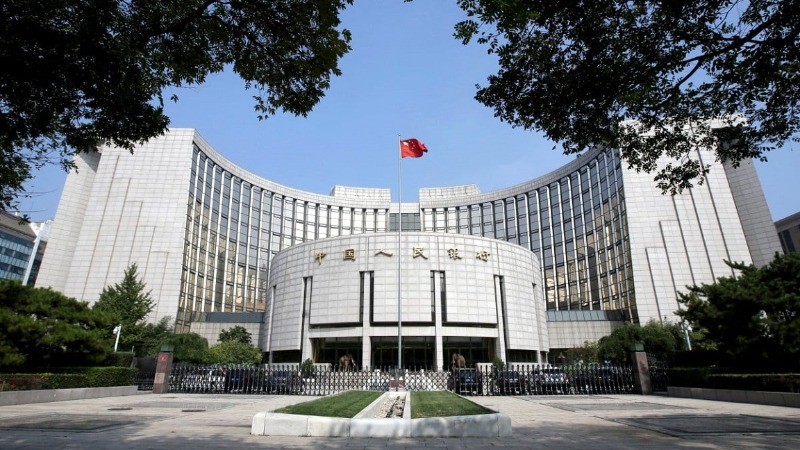
The People’s Bank of China (PBOC) is considering further reductions in commercial banks' reserve requirement ratio (RRR) in the fourth quarter to strengthen the economy. Governor Pan Gongsheng announced this plan during the Financial Street Forum in Beijing, stating that the central bank aims to lower the ratio by 0.25 to 0.5 percentage points based on liquidity conditions.
The reserve requirement ratio refers to the amount of cash that commercial banks must retain as reserves. The last reduction in the RRR occurred as part of a comprehensive set of policies introduced at the end of September.
During the forum, Pan highlighted three key factors influencing the central bank’s policy decisions:
On the same day, commercial banks announced reductions in deposit rates. Earlier in the week, the PBOC, along with financial regulatory bodies, held a joint meeting with key financial institutions to expedite the implementation of various pro-growth measures.
Pan also reaffirmed the importance of achieving a reasonable recovery in prices, stating that it is a significant factor in policy formulation. The central bank plans to utilize price-based regulatory tools, such as interest rates, effectively.
Additionally, the PBOC aims to expand its monetary policy toolkit, increasing treasury bond trading in open market operations. A joint working group has already been established with the Ministry of Finance to facilitate bond trading.
In terms of improving transmission mechanisms, Pan committed to enhancing the transparency of monetary policies and boosting the pricing capabilities of financial institutions, ensuring alignment with fiscal, industrial, and regulatory policies.
Economic expert Zhang Zhiwei noted the importance of normalizing inflation as part of the monetary policy framework, indicating that the government is taking deflationary pressures seriously. He suggested that a similar statement from the Politburo in their next meeting could signal an increase in fiscal stimulus next year.
Centre Approves Rs.35,000 Cr for PM Annadata Aay Sanrakshan Abhiyan to Support Farmers
India's Richest States in 2024: Top 10 Rankings
World Bank Increases India’s Growth Forecast to 7% for FY25 Driven by Private Consumption